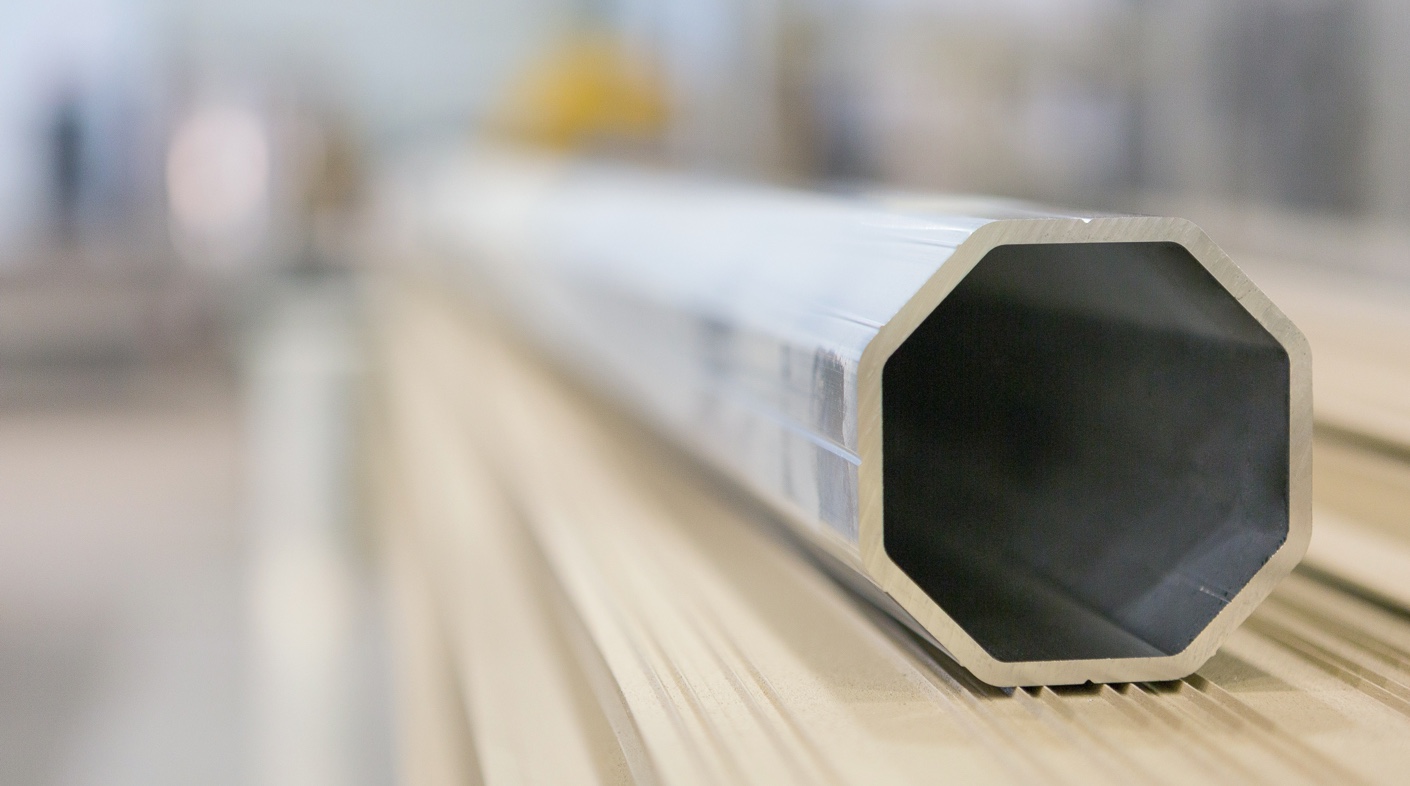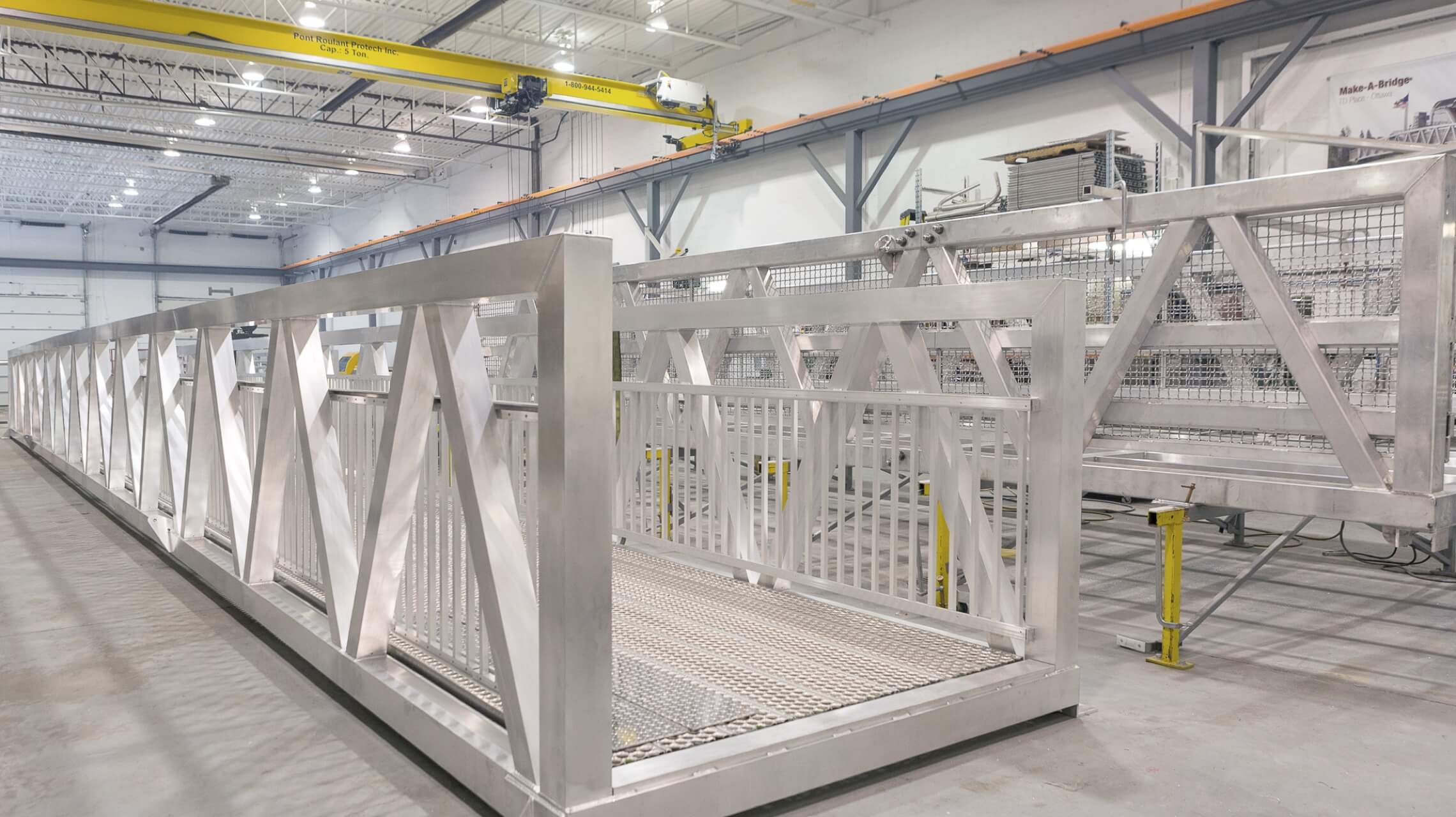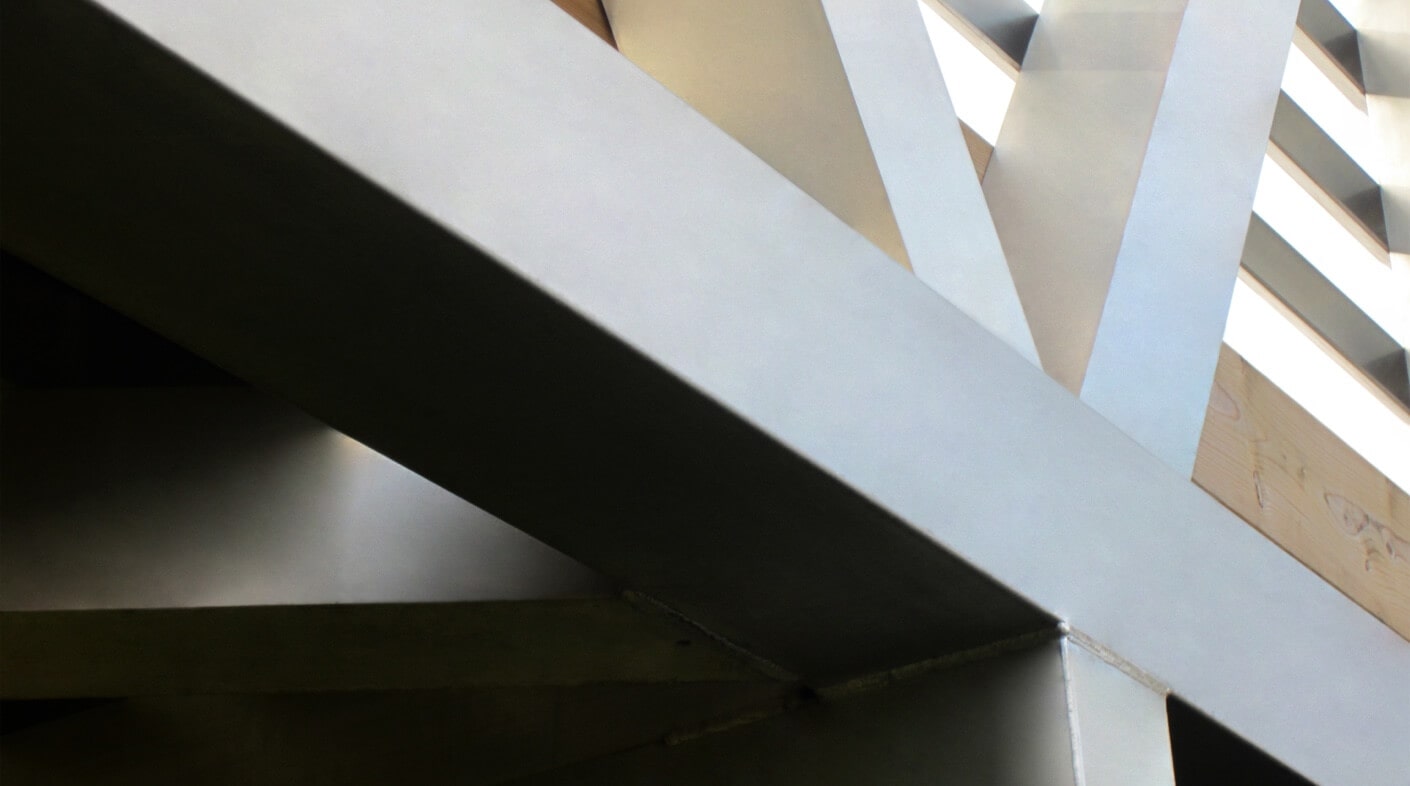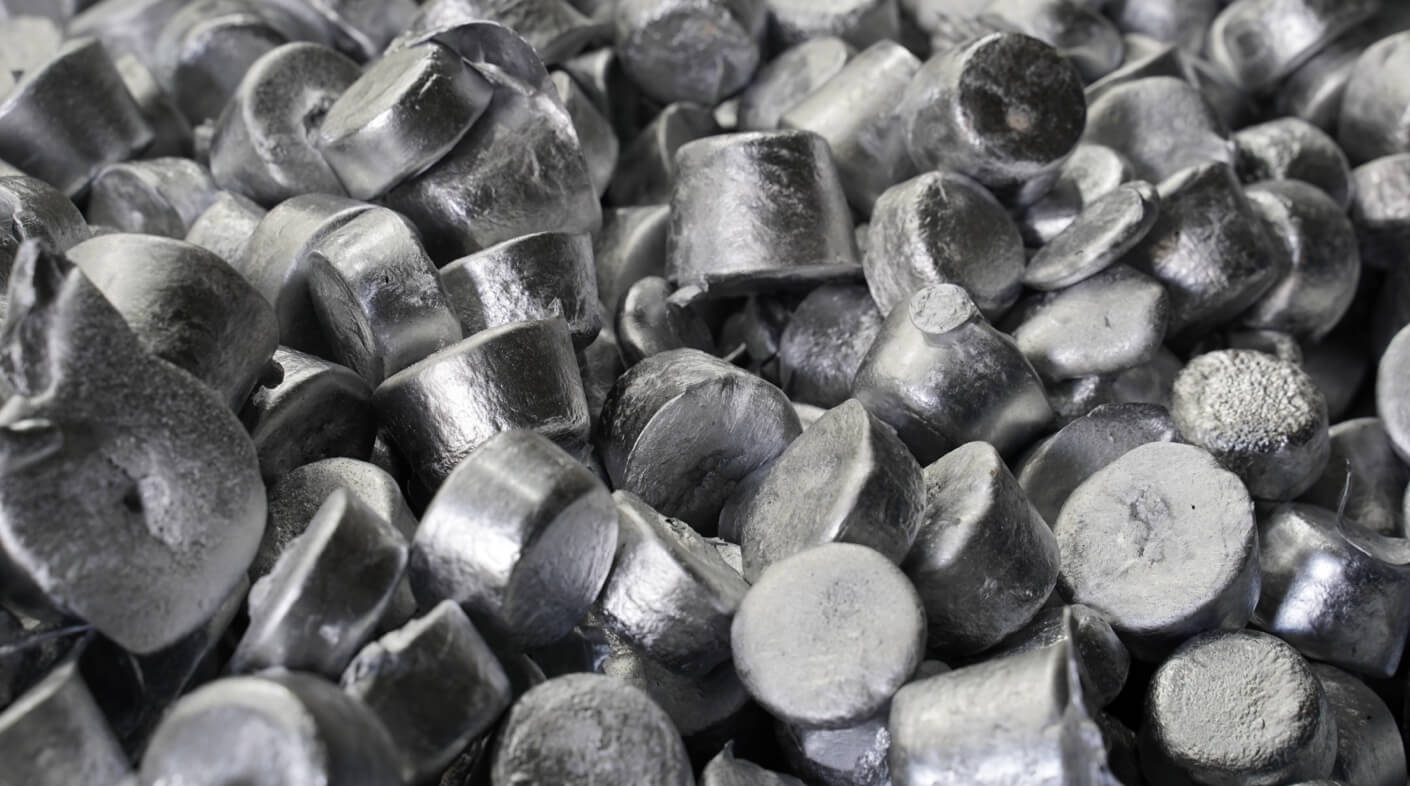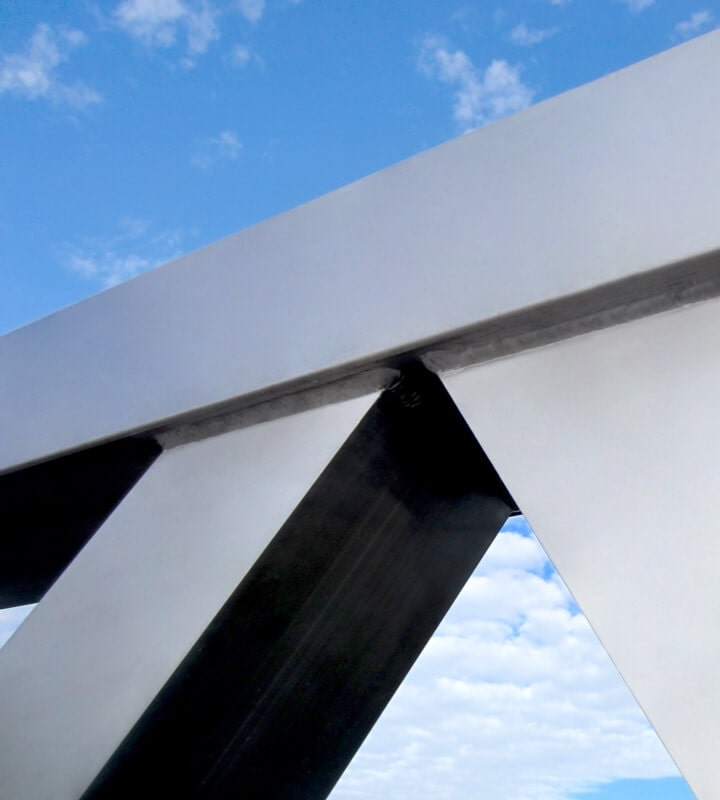Aluminum is a more cost-effective construction material.
Aluminum is about one-third the weight of steel, iron, copper, or brass. Aluminum’s lighter weight reduces transportation, and by replacing steel, extends the life and maximizes the load-bearing capacity of bridges. It also makes aluminum structures easier to handle and install.
Aluminum has an attractive, natural finish, which can be soft or shiny. It can be virtually any color or texture, providing infinite possibilities for eye-catching design. What’s more, graffiti can be easily removed by simply brushing the bare metal.
Aluminum is strong and resilient, providing structural integrity.
Aluminum has a high strength-to-weight ratio, which means it has greater strength and is easier to handle than other materials like steel. It can flex under live loads or spring back from the shock of an impact, resisting permanent deformation caused by heavy use, climate, or movement. Aluminum also retains its strength at low temperatures, making it an ideal metal for harsh climates and conditions.
Aluminum is also easy to fabricate and extrude into infinite shapes. Complex aluminum shapes can be produced in one-piece extrusions without using mechanical joining methods, making parts stronger and less likely to leak or loosen over time.
